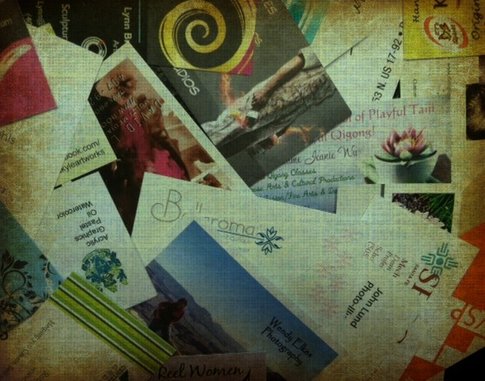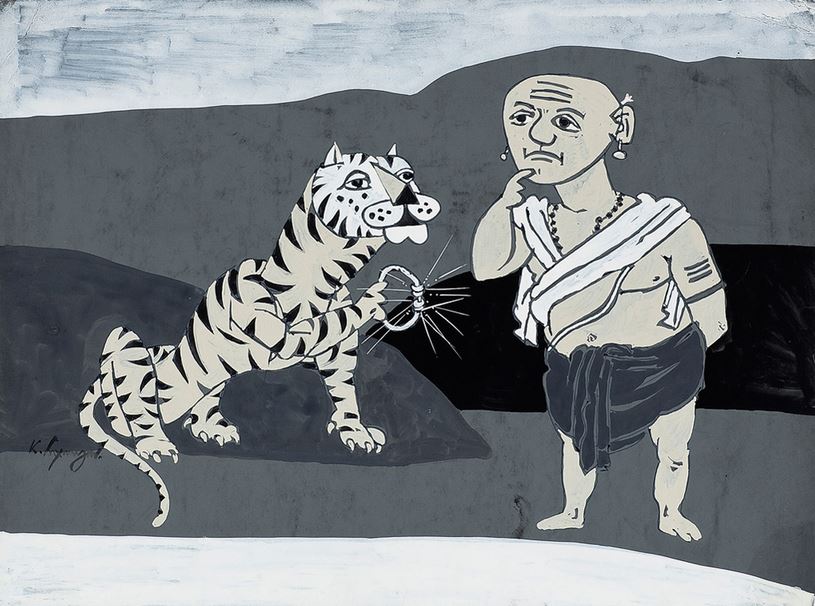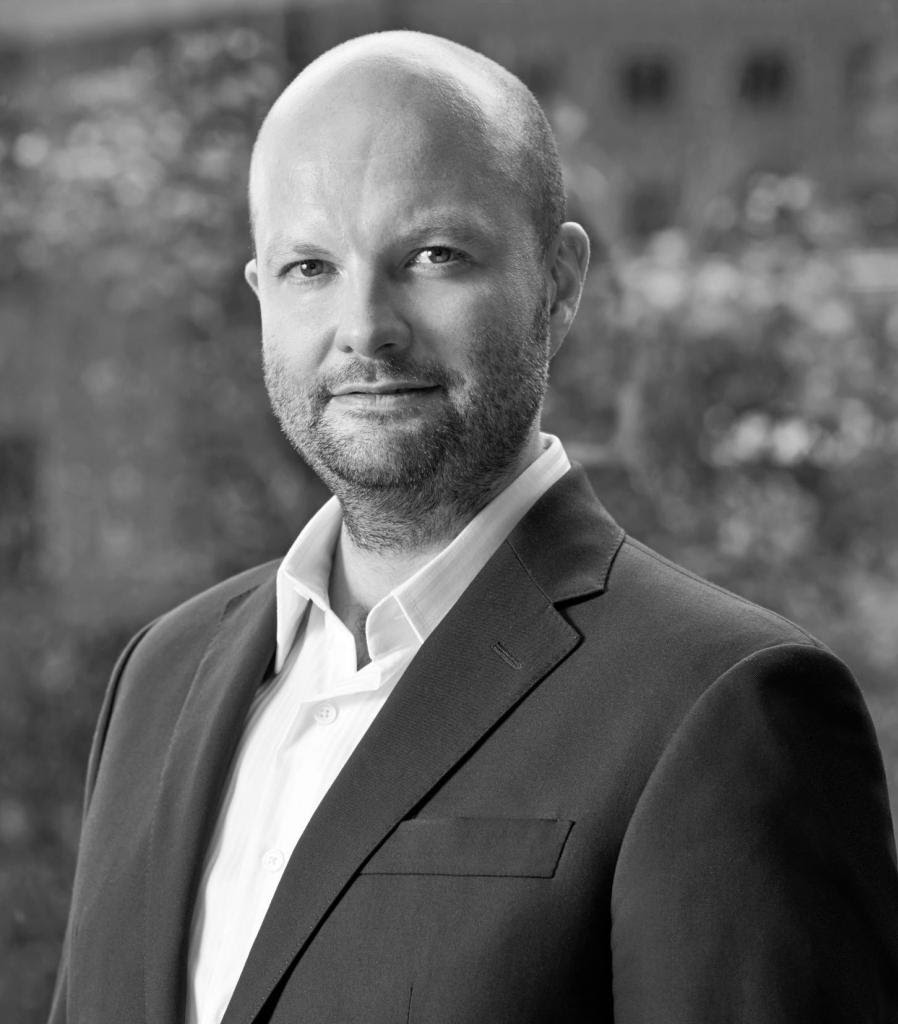I’m so appreciative of what TAA readers have accomplished this year. Every day I get emails from readers and notifications from our customer Facebook group about new sales, bold steps taken, and other victories. Since so many of you share so much with me, I wanted to share with you what’s happened here at TAA in 2015, and a little of where we’re going next year.
I started this year by ringing in the New Year on the grounds of Sacre Couer in Paris with my wife and our friends Jason & Melanie. I don’t know what might be more epic way to start the new year.

I won’t dwell much here on what we did in Paris because the bulk of that time happened in 2014.
If you know me well, you know I love obscure Euro-style board games. My favorites are 7 Wonders, Dominion, and Settlers of Catan. In Paris, I found a little hole in the wall place called Meisia. You pay four Euros per hour and you can play any of the hundreds of board games that they have. There were people there from all over the world. I played a game of Carcassone with people from Ivory Coast, China, France, Belgium, and Romania.
And I managed to find board game nights in nearly every city we went to in Europe. I found a group in Dublin that played in someone’s basement, and another one in London above the The Shipwright’s Arms pub.
After spending three weeks relaxing on the seaside in Ireland, and finishing up the first draft of my book, I spent a week in Dublin. That week was one of my favorite times of the whole trip. I don’t drink alcohol, but I went to the pubs anyway and saw night after night of great Irish traditional music and contemporary bands. Dublin is teeming with talented musicians, even in the dead of Winter.
We then spent a month in London, in the neighborhood of Camden. I spent a lot of time walking the famed Camden locks and open air markets. Lissie and I also visited the Tower of London and the Tate Museum. I have to admit that I was underwhelmed by the Tate. I loved the Calder pieces that they had, but Duchamp pieces always make me think, “This is the reason people hate modern art.”
But I digress.
My goals for 2015 were somewhat modest. We were doing a lot of traveling and I knew that I would suffer from re-entry to the US when we finally got back.
And boy was I right.
That’s the form of our 2015 – started out amazing, but we ended up getting side tracked in a big way. I’ll talk more about that below.
My goals for 2015 were:
– $150,000 in revenue for The Abundant Artist
– Streamline the business because things were becoming too unmanageable
– Dive deeper into my interest in photography
– Successfully re-acclimate to life in the USA
I’ll start with the last of these and work my way up.
Difficult Re-Entry
I’d never heard of reverse culture shock, but I got hit by it when we came back to Portland. We were initially staying with some friends for a couple of weeks until we found a new permanent place to live, and the first time I borrowed their car to go to Whole Foods, I was completely overwhelmed with the wideness of the roads and the number of cereal options in the store. Luckily that went away after just a few days.
We found an apartment, moved all of our stuff into it, then promptly took off to go to Utah for six weeks to visit family we hadn’t seen in nearly two years.
That’s when things became pretty hard. My wife is a very private person and doesn’t want me saying much here, so I’ll just say that she suffers from a chronic heart condition. Just as we were getting settled in back in Portland, her heart condition flared up. That was in May, and she’s just now starting to get better.
My wife being sick for more than six months played havoc with plans and schedules for the year. The business has done relatively well, but everything else in our lives has become chaotic and hectic. Our stuff is still not completely unpacked. Our walls are still bare. I ended up passing on a lot of activities and our social lives became very slow.
I’m not sharing this with the hope that you will pity me. I’m very privileged to have a great business that supports our family financially and has the flexibility to allow me to help my wife.
I do, however, want those who struggle with life’s challenges to know that I have a great deal of empathy for you. Health challenges can be a terrible burden. Being a loving spouse is not the same thing as being an adequate caregiver.
We learned a few important things this year.
Chronic illness is hard on mental health and relationships. I’ve known my wife for 20 years. we’ve been married for 13. We know each other really well and we are best friends. But six months of illness takes it toll. The stress eats away at you without you even realizing it, and you may find yourself acting out in ways that you normally wouldn’t. We are lucky that we were able to seek the assistance of very good therapists who helped us develop tools to deal with that stress. We are still working on it, and things are getting better.
Good friends are an enormous blessing. We don’t have family close by in Portland, so years ago we intentionally set out to create a group of friends that we now call our “framily.” They are friends who are so close that they might as well be family. Our framily loved us and cared for us over the last six months (even though we had previously left them to go gallivanting in Europe), and I’m so grateful for them.
Strong faith sustains me. I’ve mentioned here and there on this blog and elsewhere that I’m a Mormon. My church forms an amazing community that supplements our framily, gives me a place to serve and get outside myself, and strengthens my relationship with the Divine. That core faith and very personal relationship that I have with God gives me the inner fortitude to carry on.
Thanks for sticking with me through that heavy stuff. Here’s some pictures of food.

Some chocolate pear thing. This is the most amazing thing I have ever had, and only available at one bakery in Paris.
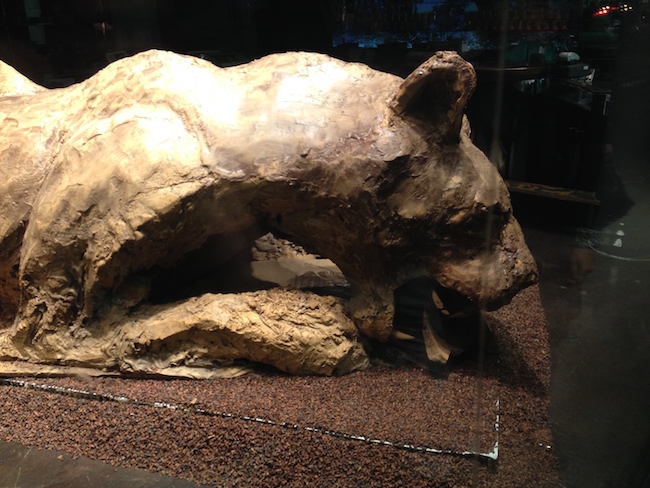
This is a sculpture made of chocolate in a window in Paris.
PHOTOGRAPHY
I really felt like I started to understand how to take some decent photographs in Ireland. We were in a little coastal village called Cullenstown in County Wexford. There weren’t more than 15 houses in the village. Being so remote, on the days that we didn’t drive around the country, I would go on long walks during the short daylight hours taking some pictures of the gorgeous Irish scenery.

Overlooking the countryside outside The Rock of Cashel, an 800 year old castle in Ireland. Click to expand, its really beautiful.
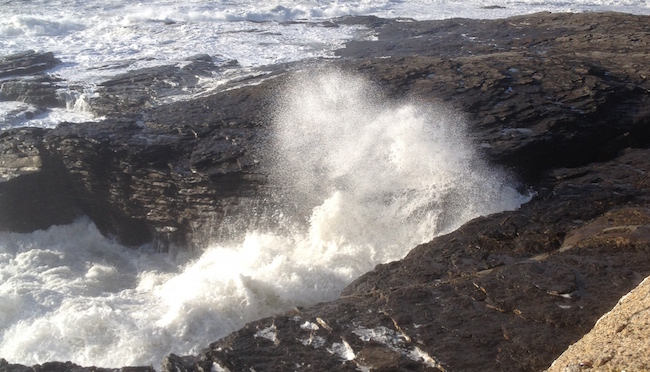
The sea outside Hook Lighthouse.
I took these photos with a Canon Rebel T5i. Nothing super fancy, sort’ve a low-end DSLR.
Business Goals
I shared all of the above stuff to give you some context on what happened with TAA this year. I want to spend the balance of this post talking about what we actually did – with your help.
The book! First of all, I know many of you have been wondering what’s going on with this thing. I can tell you that the title is How to Sell Your Art Online: A Guide to Living a Successful Creative Life on Your Own Terms. The book is being published by Harper Collins, and comes out June 2016, right before The Abundant Artist Conference. I have the cover and the early review galleys in hand. Excited to show you all soon!
Streamlining a crazy one-person business. TAA is now six years old. We have experimented with lots of stuff that didn’t work and found a few things that worked really well. As I was approaching 2015 I realized that I was trying to do too many things, so I made a conscious decision to cut a few things out so I could refocus on TAA’s core mission of teaching artists how to effectively sell art online.
Things we stopped doing
Websites for artists. TAA used to offer a very simple WordPress install service. We gave you a choice of a couple of themes, uploaded your art and showed you how to use the site. It turned into something that was a lot more complex than I ever thought it would be. Projects that should have taken couple of hours ended taking weeks, or even months, without additional pay. We decided to shut it down. Best decision we ever made. We now refer people to our guide on WordPress installs or to Shopify.
ArtEmpowers.Me. It turns out that Melissa Dinwiddie and I were both streamlining and refocusing our businesses. It made sense to close down the site so that we could focus on our own businesses instead of our joint venture. We also agreed to fold the content from AEM into our own existing products, so you’ll see some of the interviews we did with well known writers like Chris Guillebeau and artists like Owen Garratt show up in our courses.
Uniquity course and Effective Artist Websites course. You probably don’t know, but TAA used to have a course solely focused on figuring out your niche. Doesn’t sound very interesting? Yeah, that’s what I figured since only a couple of people bought that course in all of 2014. We shut down that course sales page earlier this year and rolled it into our Content Marketing for Artists course. We also shut down the Effective Artist Website course – but stay tuned because we have a new version of that coming in 2016, and it’s going to knock your socks off. We’re partnering with one of the best young web designers I know. I’m super-excited about it!
One on one business coaching. This sort’ve happened by accident. As the book was being written, I stopped taking on coaching clients because of time. That ended up continuing all the way through the end of the year. We are now open for one on one coaching, which you can find out more about here.
What worked.
It’s always good to look back on what you did during the year and celebrate what worked. More importantly, try to repeat it.
Switching up my mastermind group. I’ve talked about the importance of mastermind groups. My brilliant little new group, comprised of Melissa, Breanne and Marie, has helped me stay focused and accountable for what I said I was going to do. More than anything else, we’ve done a tremendous job of being sounding boards for each other. All four of us had a pretty stellar year, and we all agree that getting together every two weeks to discuss it is a big part of the reason why.
Working with amazing people. I have to give serious props to Megan Blankenship, TAA’s Communications Specialist. If you’ve used our contact form or emailed our Help email, you’ve interacted with Megan. She’s also doing some killer research and write ups of artist tools, and helping with a ton of stuff behind the scenes, like setting up local workshops. Megan is available for additional social media projects if you’re looking for someone.
Rainmaker. In late 2014 we started having some serious website trouble. It was going to require a major hosting upgrade and some developer expenses to customize a solution. We moved all of our courses from Wishlist Member to Rainmaker, and it’s been truly impressive. The hosted aspect of Rainmaker means I don’t have to worry about bandwidth issues because their team does it all for me. In addition, the Learning Management System features that Rainmaker added earlier this year mean that our courses are getting a redesign – more on that in 2016. If you are teaching art classes online, Rainmaker is a great option.
Infusionsoft (sort’ve). We moved our email to Infusionsoft. We were previously with Mailchimp, and they were great, but I kept running up against limitations in their system. Essentially, if someone was already on our list, they couldn’t opt-in for other offers that we were making, without complex workarounds that were likely to break. In addition, certain automation sequences couldn’t be stopped once someone was receiving it.
Infusionsoft has allowed us to create more specific offers for people based on where they’re at in their business, as well as create some really neat on boarding sequences for people who purchase our courses and services.
What didn’t work.
It’s important to look back at what didn’t work as well, so you know what to stop doing
Outsourcing help for the wrong types of work. I used Chris Ducker’s Virtual Staff Finder service late in 2014 and found someone who ended up quitting on me within three months. During the interview process I had also found someone who I thought was equally qualified. I ended up hiring that person, and it worked out for a while, but after several mistakes I realized it wasn’t a good fit. I think Chris Ducker is an awesome guy, and obviously lots of people have a great experience with his service, but it didn’t work out for me.
I think a big part of it is my own working style. I like to work with people who can give creative input on what we’re doing. I tend to say exactly what’s on my mind, thought I do try to be kind. I expect others to do the same. After speaking to lots of people about it, I think it comes down to this: I’m a loud, brash American and I need people on my team who can take it.
As TAA grows, this is a particularly interesting topic to me. I know that I have limitations as a leader, and I want to overcome them, so one of my goals for 2016 is to figure out how to tackle this problem.
Infusionsoft. Users call it Confusionsoft for a reason. The obtuse way that it’s designed made me look stupid to all of you dear readers a few times. It’s a powerful tool, but it’s designed for power users, not for the average new user. And the worst part about it is the poorly trained support staff. Infusionsoft actually has a disincentive to make their product easier to use because of the cottage industry built up around the product. Certified partners, conferences, and user groups. Every meeting I go to, the elephant in the room is how hard it is to use the program.
But in the end, it’s very powerful. The only other programs on the market that can really come close to it are very expensive solutions for huge companies. I’m excited about a few up and coming programs that seem to have a lot of potential like ConvertKit and Drip – but they’re not quite there yet. I’ll be keeping my eye on them to see when it makes sense for me to jump ship.
Exceeding $150,000 in revenue. This is the first time I’ve talked about how much money TAA generates. We’re not a huge company. $150,000 might seem like a lot to some people. It certainly is when I think about the fact that I grew up in financially poor circumstances.
But that $150,000 is revenue, not profit. After taking into account expenses like paying Megan, hosting costs, design fees, and other stuff, that $150,000 gets a lot smaller. But I am definitely doing well. I’m happy.
I really struggled with whether or not to share this number in this annual report, but I think it’s interesting to share with all of you. There’s so many great success stories from what we’ve done here at TAA that I feel like it’s only fair to share this one. I suppose some artists may get turned off by this number – but if we can’t talk about numbers like this, how will we ever break the hold of secrecy that permeates the fine art world?
Looking forward to 2016
There’s lots going on this year. Because why wouldn’t there be?
2016 goals:
The goal for TAA has always been to help as many artists as possible. Assuming we reach the number of artists we want to reach this year, our revenue should grow to support a couple more staff members.
Then we take over the world.
Just kidding. Sort’ve.
But seriously. My personal goal is to help 1,000 artists make a living from their work. That’s not going to happen while it’s just me and Megan. We need to grow to a few more people.
We’ll be doing live courses in January. If you’re interested in participating, be sure to join our mailing list and watch out.
The Abundant Artist Conference is going to be small this year. 300 people or so. I have a vision of it being much larger, with multiple learning tracks over 3 – 5 days. If it goes well this year, we might be able to do something like what I’m envisioning in 2017 or later. I also see us having several local meetups and classes around the country, partnering with professional development orgs and others.
The book is a way of bringing legitimacy to this movement. So many of you have been so instrumental in the rise of TAA – but many of you are early adopters. You spend a lot of time online. The book is something you can hand off to people who don’t spend as much time online.
Wrap Up
While 2015 was a real struggle personally, TAA is in great shape, and we’re positioned to do really big things in 2016. If all goes as planned, this will be the year that we start taking on the starving artist myth in a highly visible way. We’re aiming to take shots at the structural problems that prevent artists from making money.
The post TAA 2015 Year in Review appeared first on The Abundant Artist.
SOURCE: The Abundant Artist - Read entire story here.
Read More
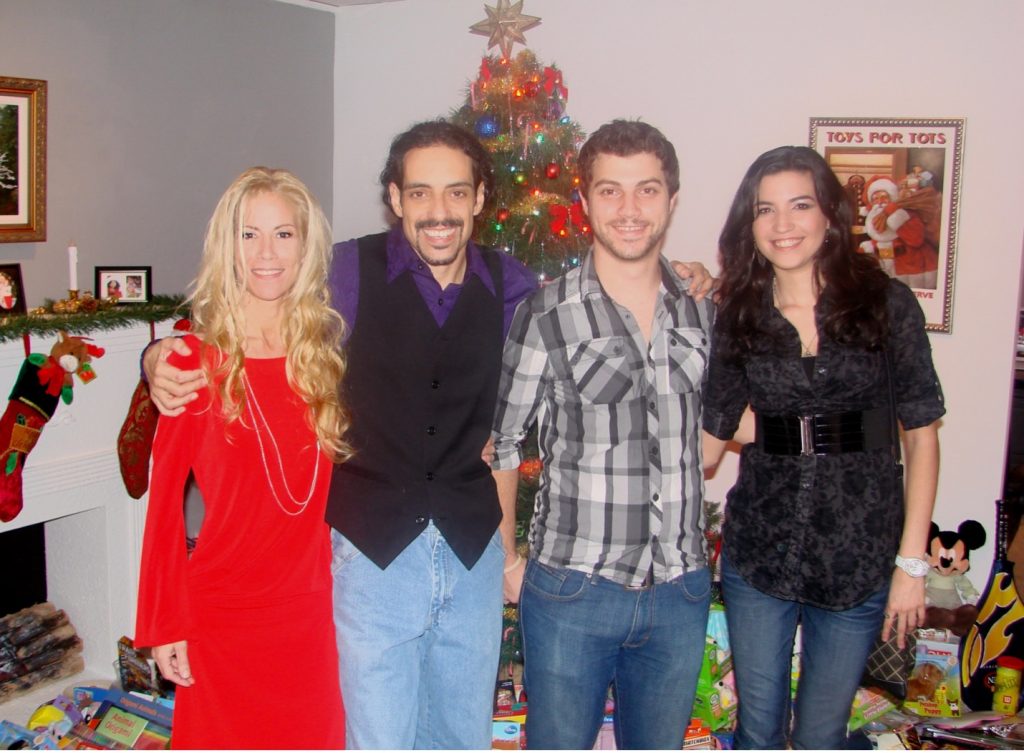















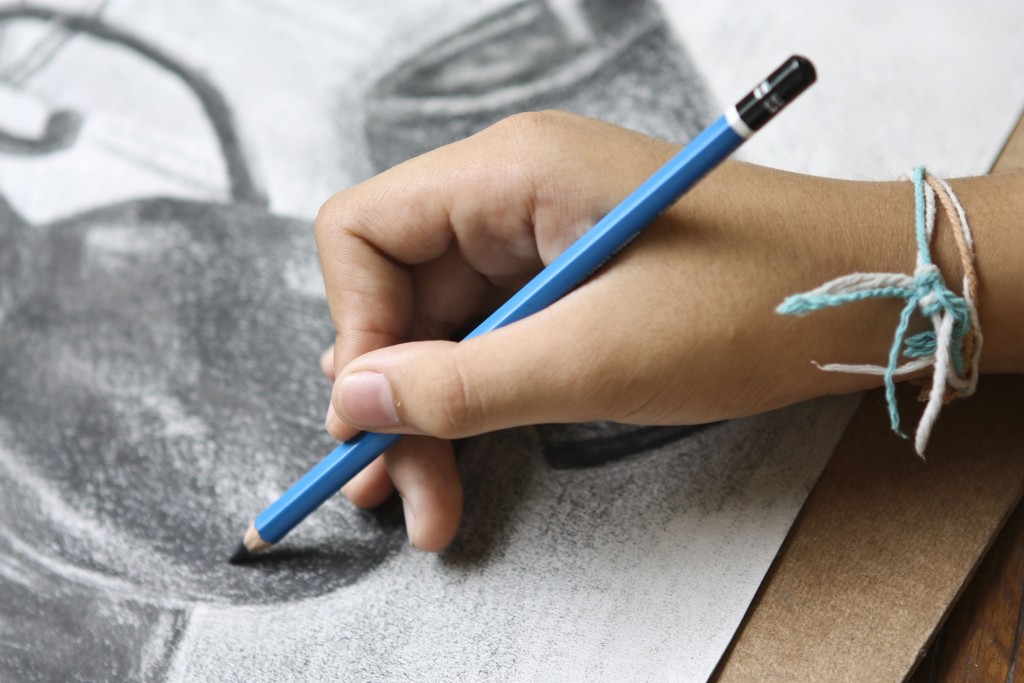
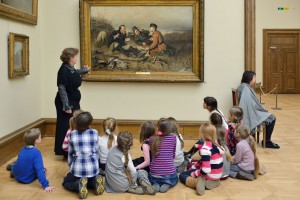 Visual literacy provides a connection between vocational art education and creative expression, as well as the tools necessary to understand the subtle messages and manipulations around us. It allows a 16-year-old art student who is desperate to communicate a sense of isolation and sadness to go beyond the stereotypical symbols that are so common in many artists’ early work. In a more commercial application, visual literacy enables fast-food restaurants to stimulate their customers’ appetites and increase turnover rate by adopting a yellow and red color scheme. Conversely, the decor of an upscale restaurant in Manhattan with a prix fixe menu is likely to be considerably more muted; the last thing they want is for you to feel rushed or still be hungry after dropping $1,000 in a single evening.
Visual literacy provides a connection between vocational art education and creative expression, as well as the tools necessary to understand the subtle messages and manipulations around us. It allows a 16-year-old art student who is desperate to communicate a sense of isolation and sadness to go beyond the stereotypical symbols that are so common in many artists’ early work. In a more commercial application, visual literacy enables fast-food restaurants to stimulate their customers’ appetites and increase turnover rate by adopting a yellow and red color scheme. Conversely, the decor of an upscale restaurant in Manhattan with a prix fixe menu is likely to be considerably more muted; the last thing they want is for you to feel rushed or still be hungry after dropping $1,000 in a single evening.
 The problem with much of the discussion about art education is that it is highly subjective. The simple fact that every person is required to attend school means that everyone has their own personal experience from which they construct an opinion. As a middle school and high school art teacher, I’ve met hundreds of parents at open houses, and I am often struck by how many of them fondly remember their own art classes, even decades after graduating from high school. Many remember their art
The problem with much of the discussion about art education is that it is highly subjective. The simple fact that every person is required to attend school means that everyone has their own personal experience from which they construct an opinion. As a middle school and high school art teacher, I’ve met hundreds of parents at open houses, and I am often struck by how many of them fondly remember their own art classes, even decades after graduating from high school. Many remember their art


